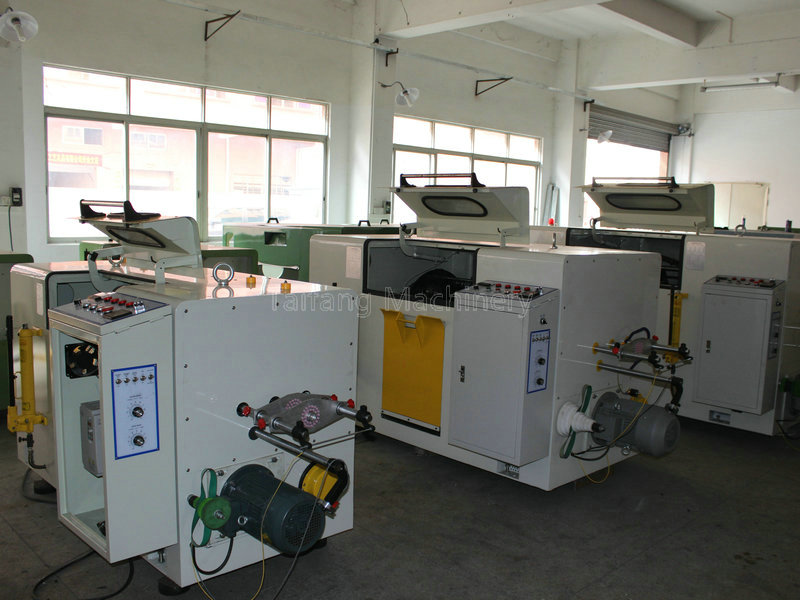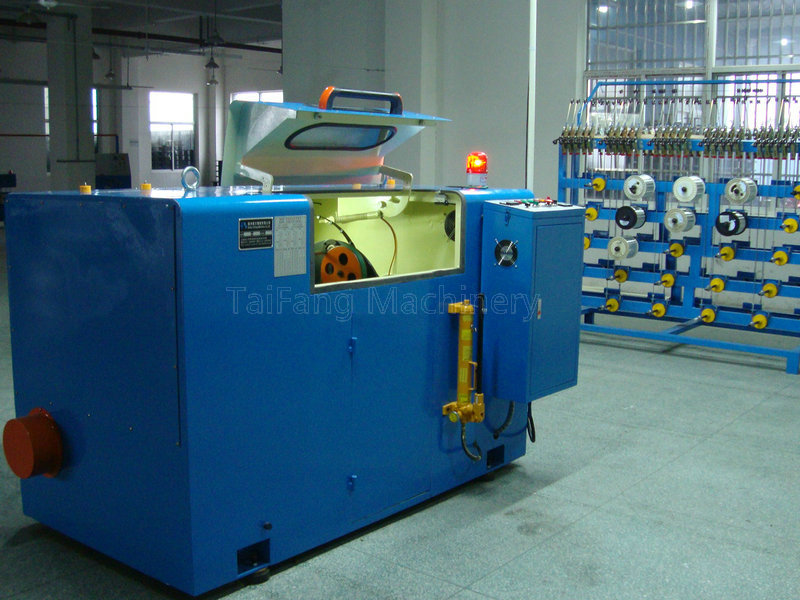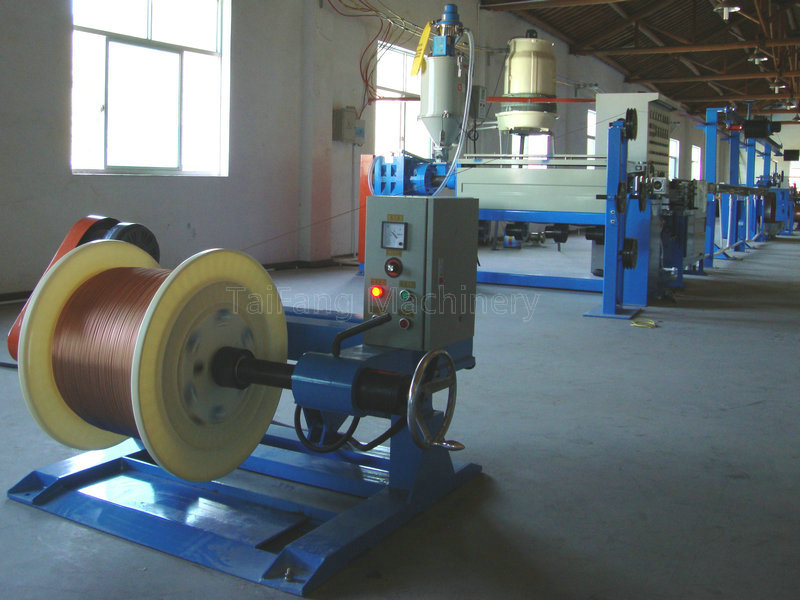The Integral Role of Engine Harness Assemblies in Automotive Engineering
In the realm of automotive engineering, every component plays a crucial role in ensuring the seamless functioning of a vehicle. One such critical component is the engine harness assembly, also known as an engine wire harness. This comprehensive network of connectors and electrical wiring is pivotal for the effective operation of an automobile's engine and associated systems.
Understanding Engine Harness Assemblies: A Brief Overview
An engine harness assembly is a specialized type of wire harness designed to meet the unique demands of automotive engines. These demands include resistance to harsh conditions such as high temperatures, vibrations, and chemical exposure. The assembly typically consists of multiple wires encased in durable materials like plastic or rubber that protect the wires from wear and tear.
The primary functions of engine harness assemblies include transmitting electrical power between the car's battery and engine control unit (ECU), sensors, and other vital components. They facilitate communication among these parts, which is essential for the engine's performance, fuel efficiency, and emissions control.
Key Features and Technologies in Engine Harness Assemblies

Modern engine harness assemblies incorporate advanced technologies to enhance reliability, safety, and efficiency. Some of these features include:
1. High-Temperature Resistance: Materials used in manufacturing engine harnesses are selected for their ability to withstand extreme temperatures without degrading. This ensures long-term durability even under the hood where heat is intense.
2. Vibration Dampening: Engine harnesses are designed with shock-absorbent properties to minimize the impact of vibrations from the engine on the electrical connections.
3. Corrosion Protection: Engine environments are harsh due to exposure to oil, coolant, and exhaust gases. Therefore, wires are often sheathed in protective coatings that resist corrosion.
4. Miniaturization: With advancements in automotive technology, there's a trend towards compact and lightweight designs without compromising on functionality or durability.
5. Connector Security: High-quality connectors with secure locking mechanisms ensure reliable contact between wires, minimizing the risk of disconnection due to vibrations or movement.
The Importance of Engine Harness Assemblies in Modern Automobiles
The significance of engine harness assemblies cannot be overstated. They form the backbone of a vehicle's electrical system, enabling various functions ranging from ignition to air conditioning. Without a properly functioning engine harness assembly, even the most advanced engine technology would fail to perform optimally.
Moreover, as vehicles become increasingly reliant on electronic systems for everything from navigation to driver assistance features, the complexity and importance of engine harness assemblies continue to grow. They must accommodate more connections while maintaining their reliability and durability.
Conclusion: Driving Towards Innovation with Engine Harness Assemblies
As we look towards the future of automotive engineering, innovations in engine harness assemblies will play a significant role in shaping the industry. With ongoing advancements in materials science, miniaturization, and connectivity solutions, these assemblies promise to support the next generation of vehicles—be they electric, hybrid, or traditional gasoline powered—ensuring they operate efficiently, safely, and sustainably.
In conclusion, engine harness assemblies are not merely components; they are integral systems that empower the heart of modern transportation. Their continuous evolution reflects our commitment to enhancing automotive performance while meeting the ever-growing demands of consumers and the environment alike.









